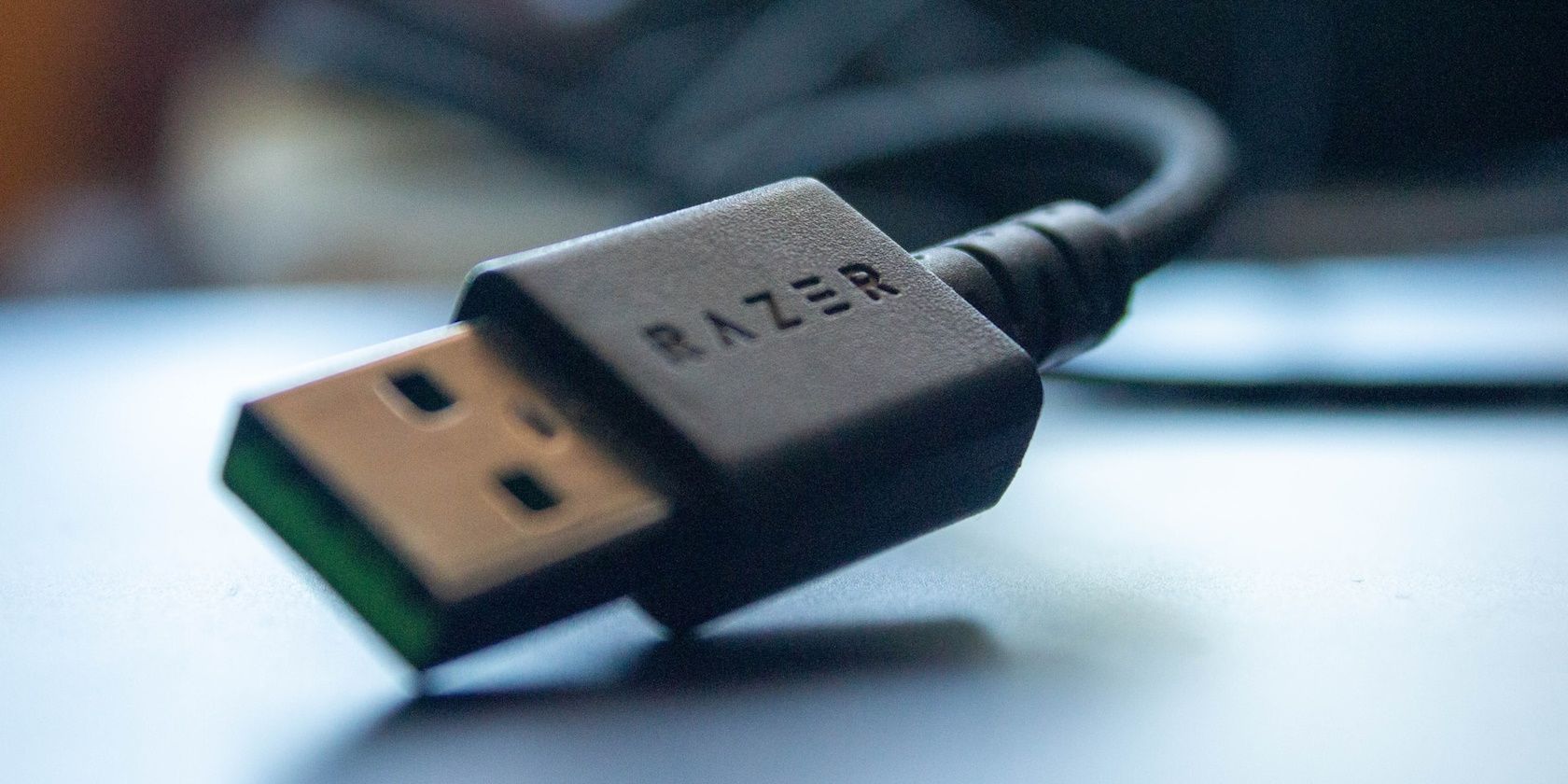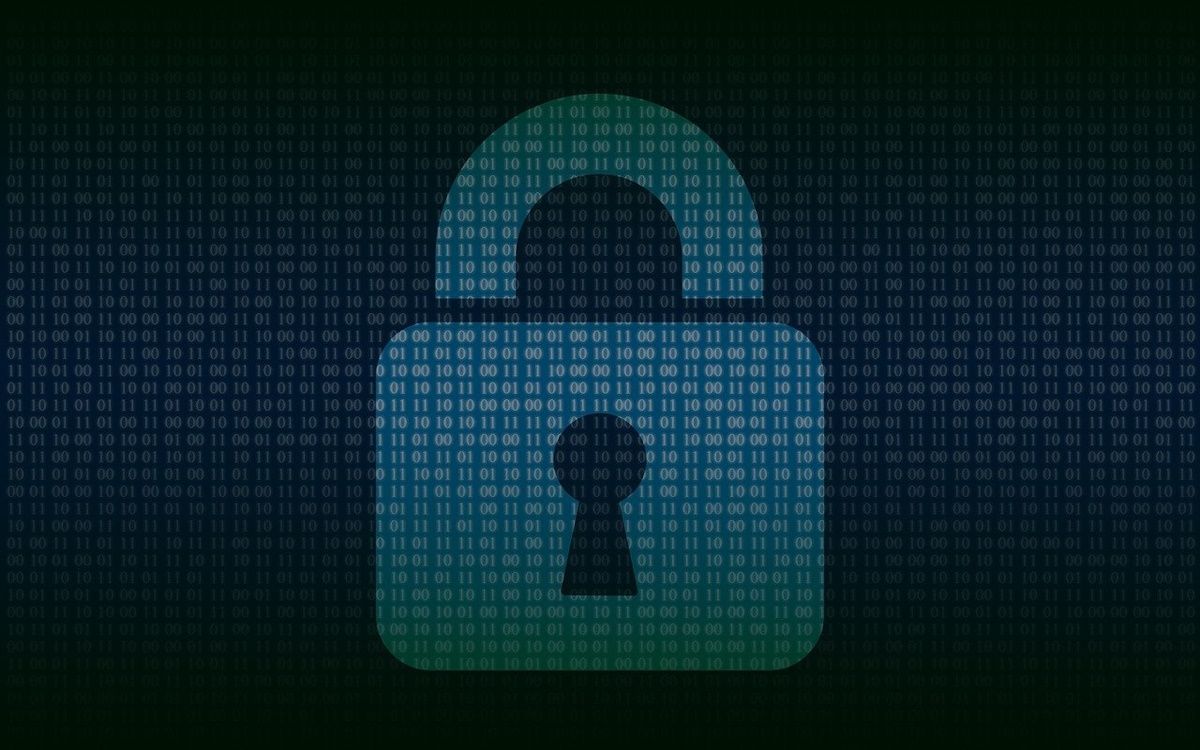Most public places offer USB charging ports to help people power up their digital devices. But you should not connect your smartphone, laptop, or other device to public USB charging ports. Doing so can make you a victim of juice jacking if you don't use a USB condom.
But what is a USB condom, why should you get a USB condom, and how can a USB condom prevent juice jacking and other security threats?
What Is a USB Condom?
A real-world condom protects you from unwanted consequences of a sexual encounter, such as an unplanned pregnancy or a sexually-transmitted infection. In the same way, a USB condom protects your device from unwanted outcomes that can include juice jacking, malware installation, or other problems.
The USB condom is a dongle that you plug into the charger side of your USB cable before connecting it to a USB charging port at a public place. It works as a protective barrier between your device and an unfamiliar USB charging port.
Also known as a data blocker, the USB condom allows for power transfer and blocks data transfer functionality. The primary purpose of using USB condoms is to protect digital devices from unauthorized access.
How a USB Condom Works
USB condoms are simple devices that you can easily carry in your pocket or backpack when you are out and about.
All USB cables, regardless of their types, have dedicated wires for specific tasks, such as power transmission, data transmission, and cable grounding.
In USB condoms, data lines are missing. When you use a USB condom, only the ground pin and the power pins of the charging cable, the digital device, and the public charging port connect. There is no connection of data pins between your device and the public USB charging port, resulting in no data transfer.
Consequently, a compromised charging port cannot access your phone for data stealing or installing a malware program.
However, fast charging will not work when you use a USB condom. This is because fast charging typically relies on a combination of power negotiation protocols and data exchange between the charging port and the connected device.
When you connect a USB condom, which blocks the data transfer pins, it disrupts the communication required for fast charging to occur. As a result, the charging process reverts to a standard charging mode.
Why You Need a USB Condom
Unfortunately, public smartphone charging stations are not safe. So you must use a USB condom when charging the battery of your digital device at a public USB port charging station. The following are key advantages of using a USB condom.
Prevent Data Stealing
Data pins are responsible for data transmission between devices. As data pins are disconnected in a USB condom, threat actors cannot steal data from your device when you connect your device to an infected USB charging station. Consequently, you can power up your digital device at any public charging station without worrying about juice jacking.
Stop Malware Transmission
Malware attacks are on the rise, and threat actors are employing various ways to spread malware. As more and more public places offer free USB charging stations, threat actors are infecting these charging stations to install malware on users' devices.
When you use a USB condom, the data pins of the USB will be blocked. As a result, threat actors cannot gain unauthorized access to your device when you connect it to an infected charging station in a public place. This will prevent the transmission of malware or other malicious programs to your device.
Improve Privacy
Today, smartphones carry tons of sensitive data, and hackers incessantly try to get hold of individuals' sensitive data for nefarious motives.
People tend to charge their devices at public charging stations. So there is no surprise why more and more public places are installing free USB charging stations on their premises. Hackers can access data on connected smartphones by infecting USB charging ports in public places.
However, you will be able to charge your device safely if you use a USB condom. This is because disconnected data pins on the USB condom won't let the threat actor access your phone.
Convenience and Portability
Carrying a bulky charger in your pocket is not convenient for powering up your device once it has lost its juice. Also, bringing an extra battery is not a good option because changing the battery is a hassle.
On the other hand, USB condoms are convenient and portable. You can easily carry a USB condom in your pocket and power up your device safely at any public USB charging station. As most places these days have USB charging ports, you won't have to search for one.
Enhance Security
Today, most users keep their data connection always on. As a result, their smartphones' batteries drain faster. Though public places like restaurants, coffee shops, and shopping centers have free charging ports, it is not safe to connect your device to any free USB charging station without any protection. You will never know which public USB charging station is infected.
So if you are someone who is often on the go, a USB condom is an excellent security tool to protect your device from juice jacking. And the best thing is you can buy a USB condom inexpensively.
Where to Get a USB Condom
You can easily get a USB condom of your choice, such as USB-A to USB-A, USB-A to USB-C, USB-C to USB-A, and USB-C to USB-C condom. So whatever type of USB cable you use, you can get protection for the same.
Buying a USB condom is easy. You can check Amazon or eBay to purchase a USB condom. You can also visit your neighborhood's electronic stores to see if they can get you a USB condom for your device.
Use a USB Condom to Avoid Getting Juice Jacked
A USB condom is an excellent, inexpensive tool that enables safe charging, allowing only power, not data transmission. So you must carry it if you are often out and about. This simple dongle, which can easily fit in your pocket, will prevent juice jacking and other security threats.
Public USB charging ports are not the only threat connected to USB. You should also be careful about USB killers that can damage your device beyond repair.



